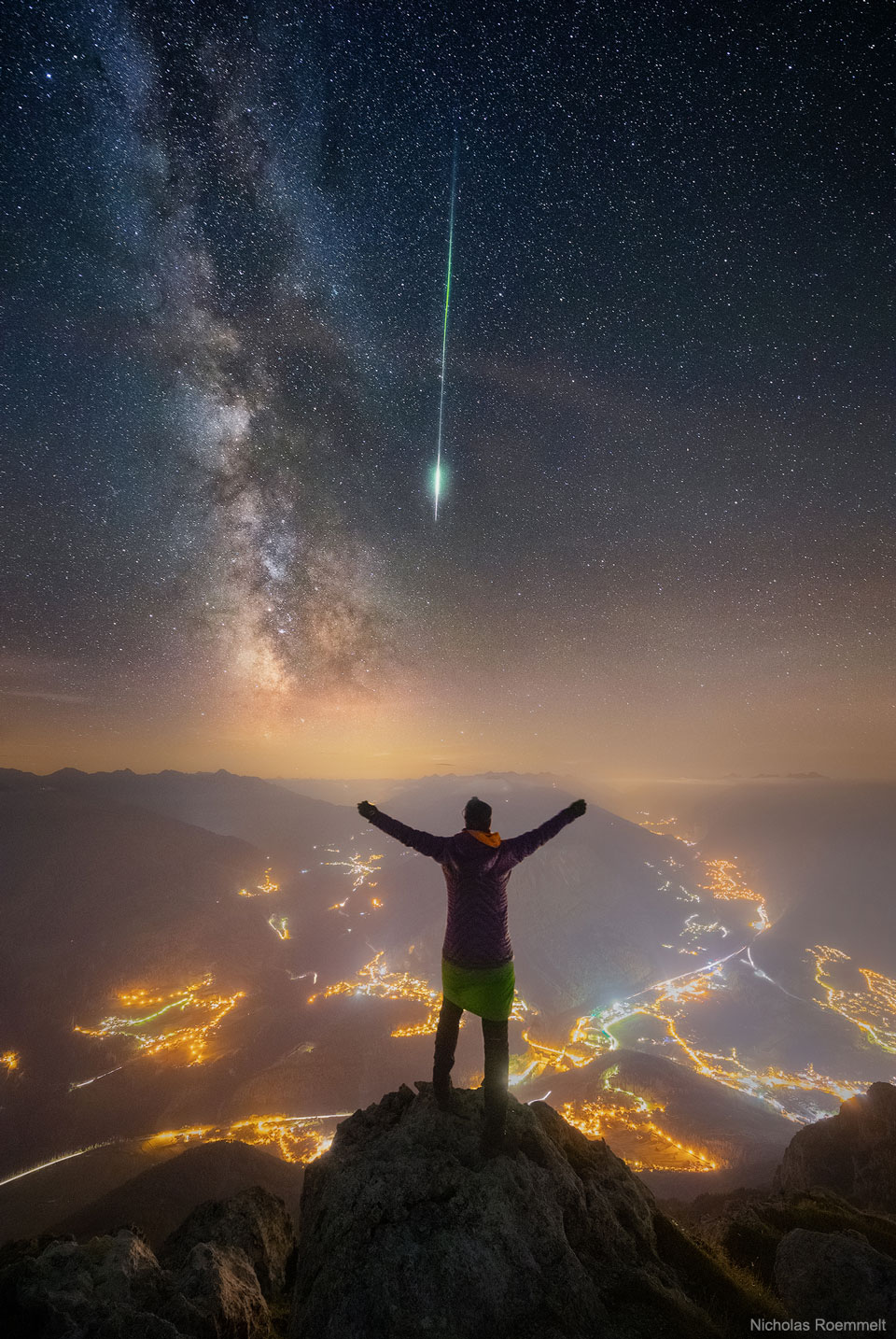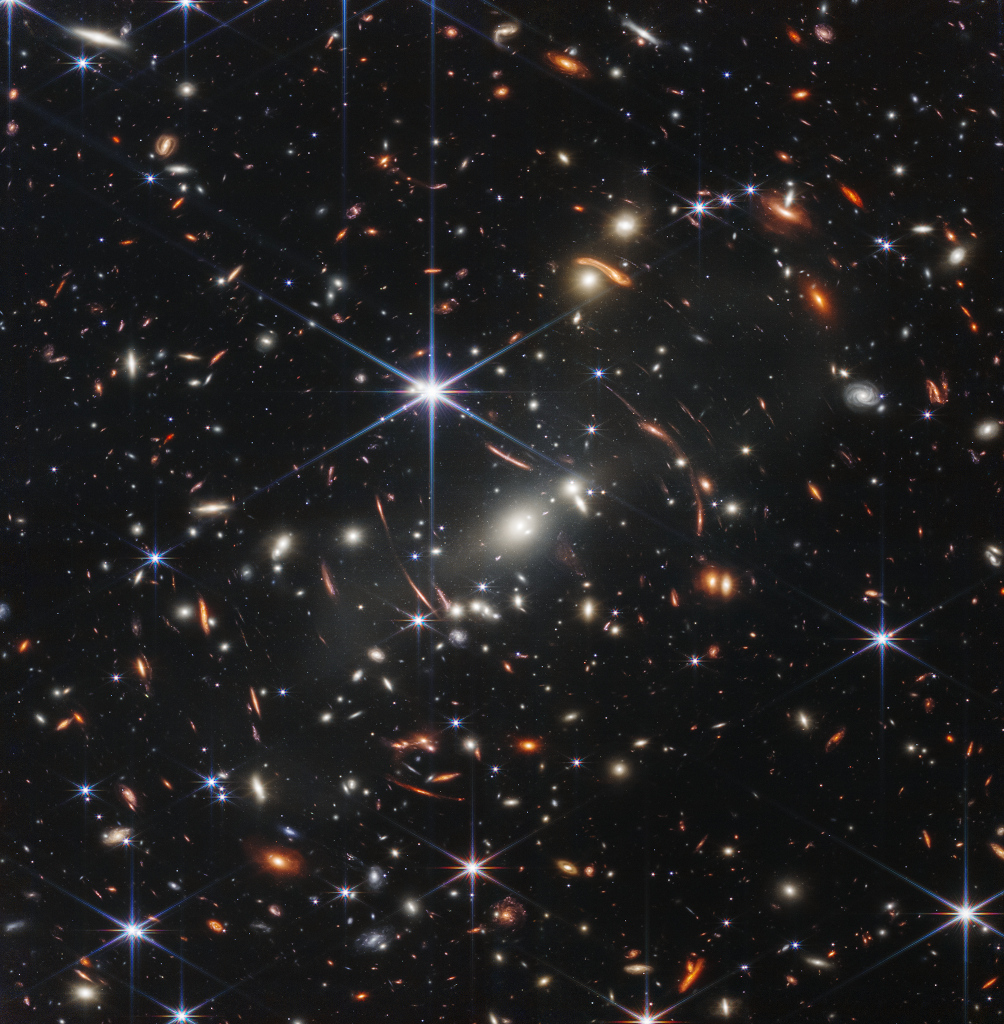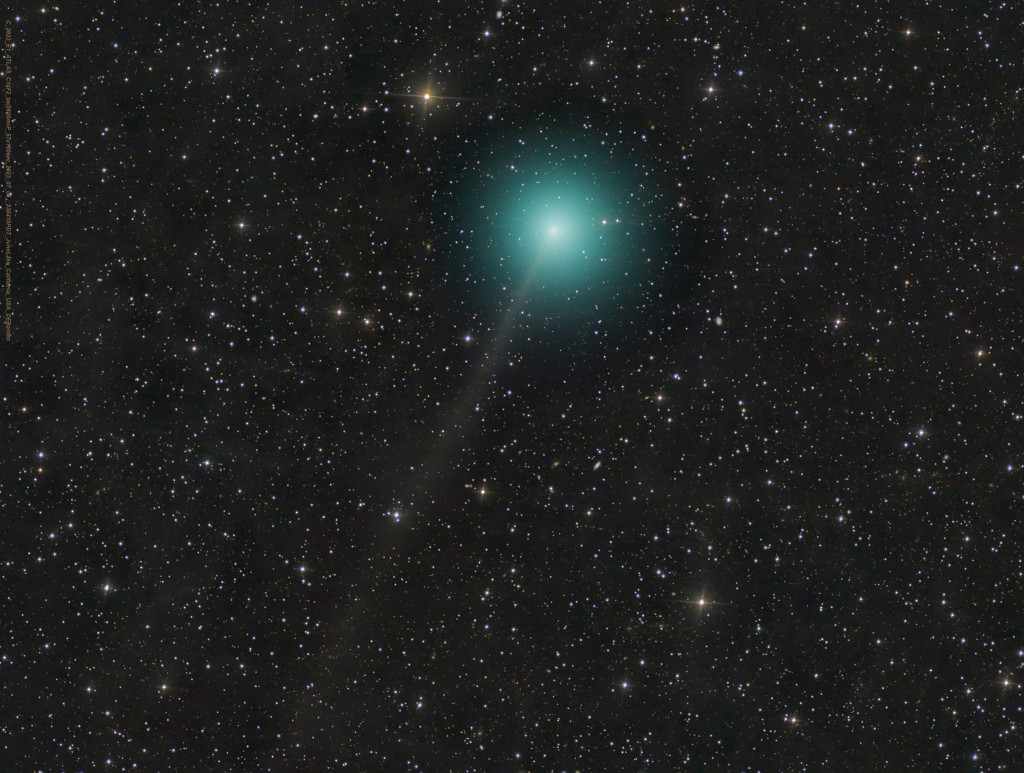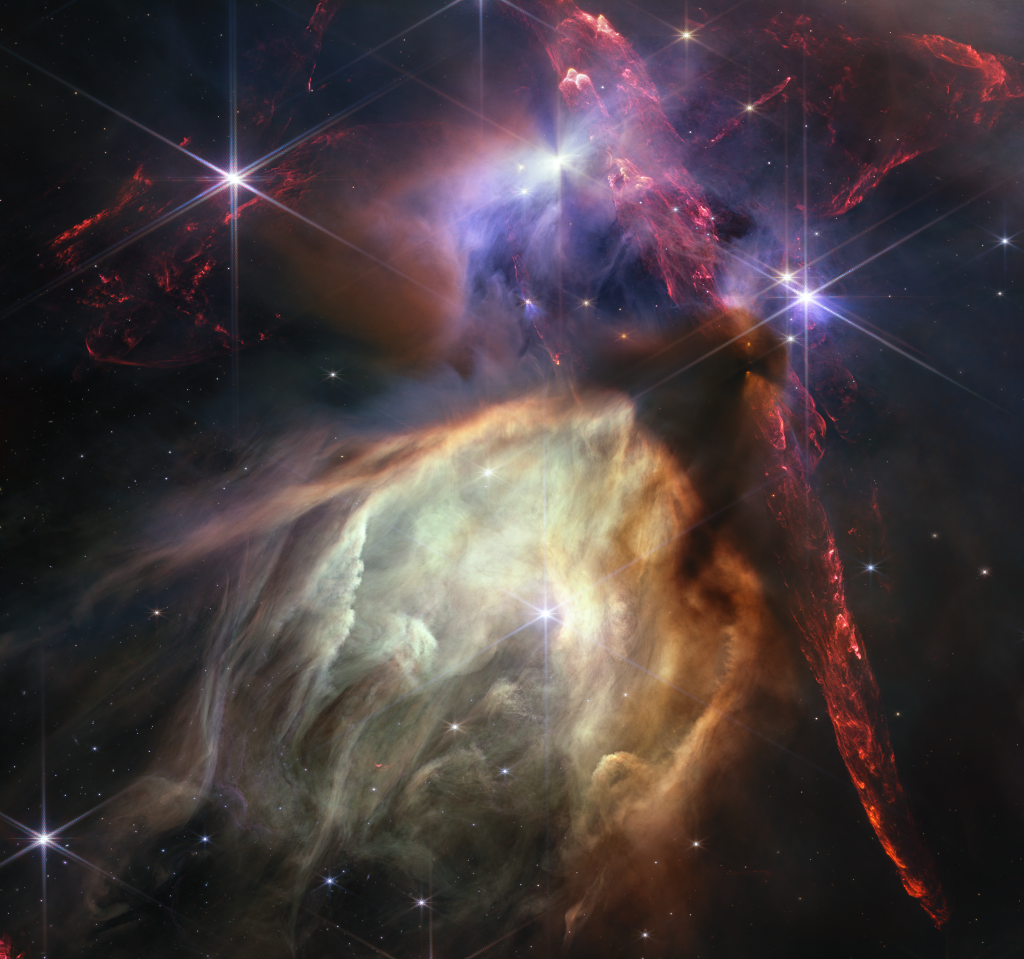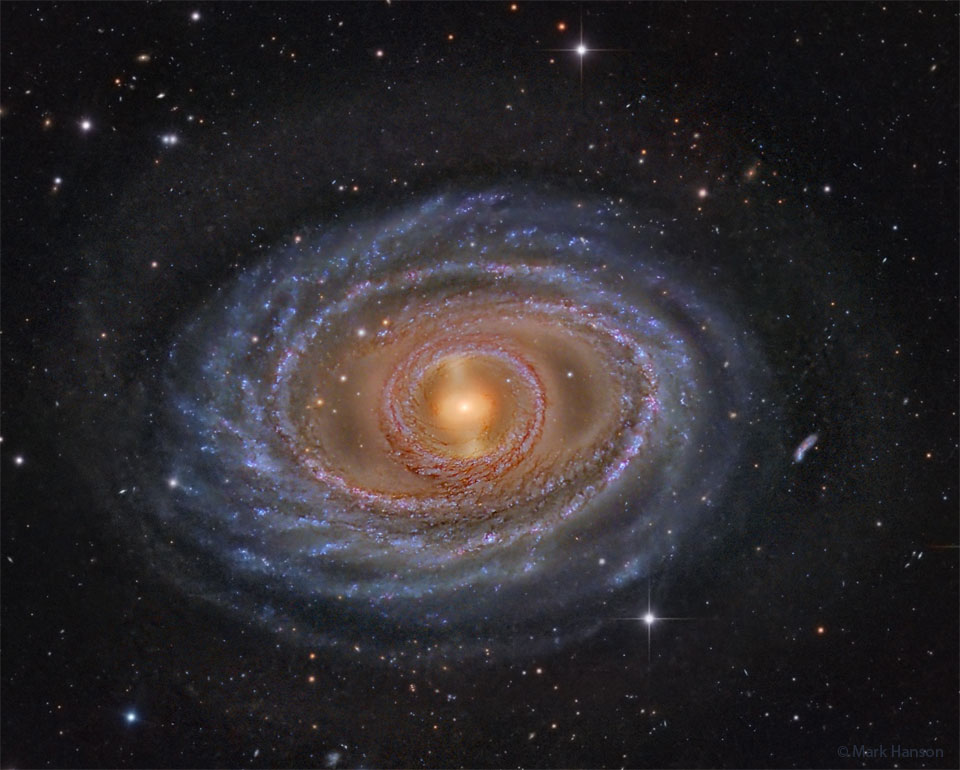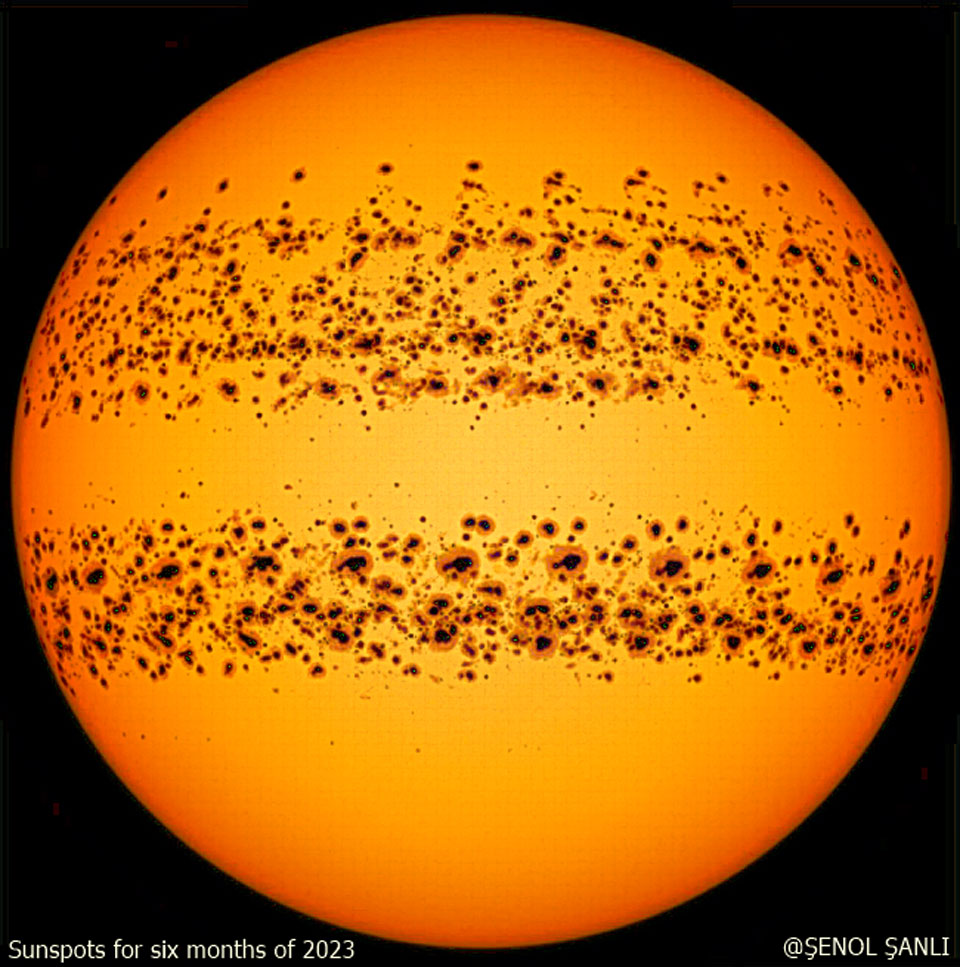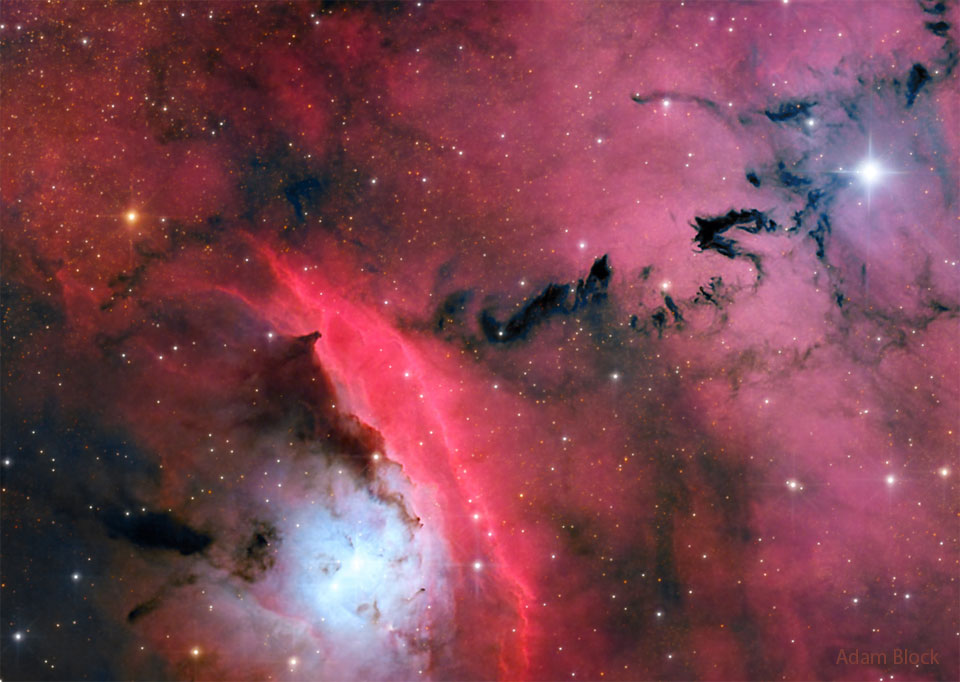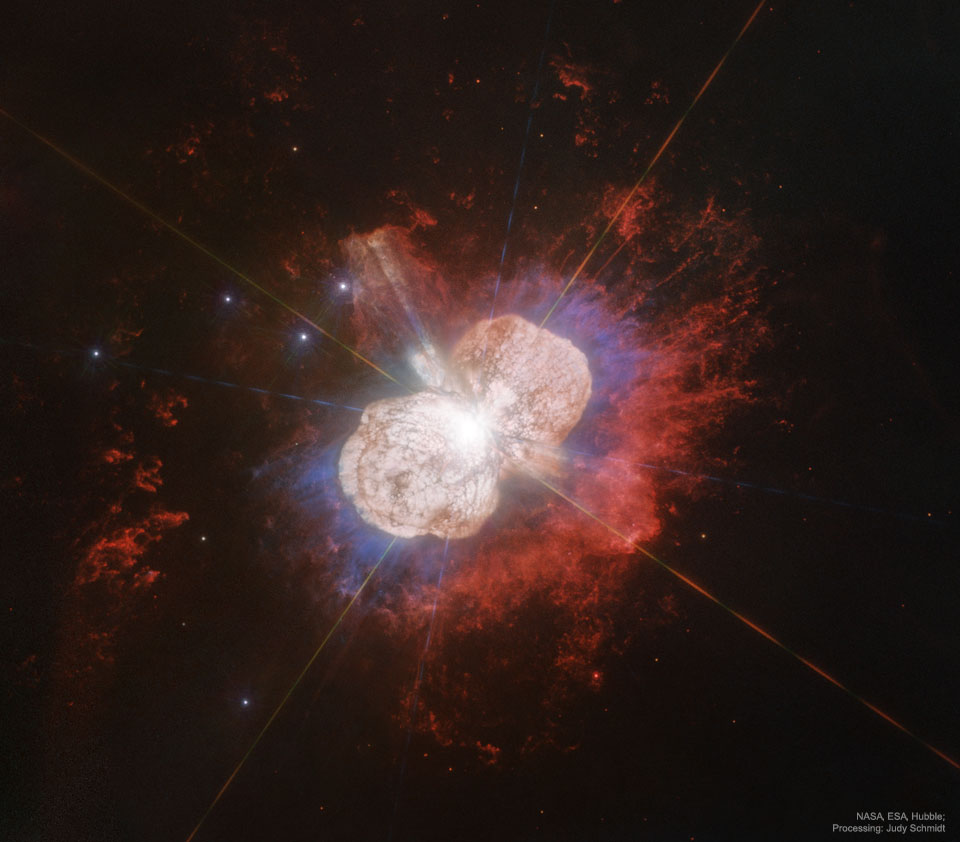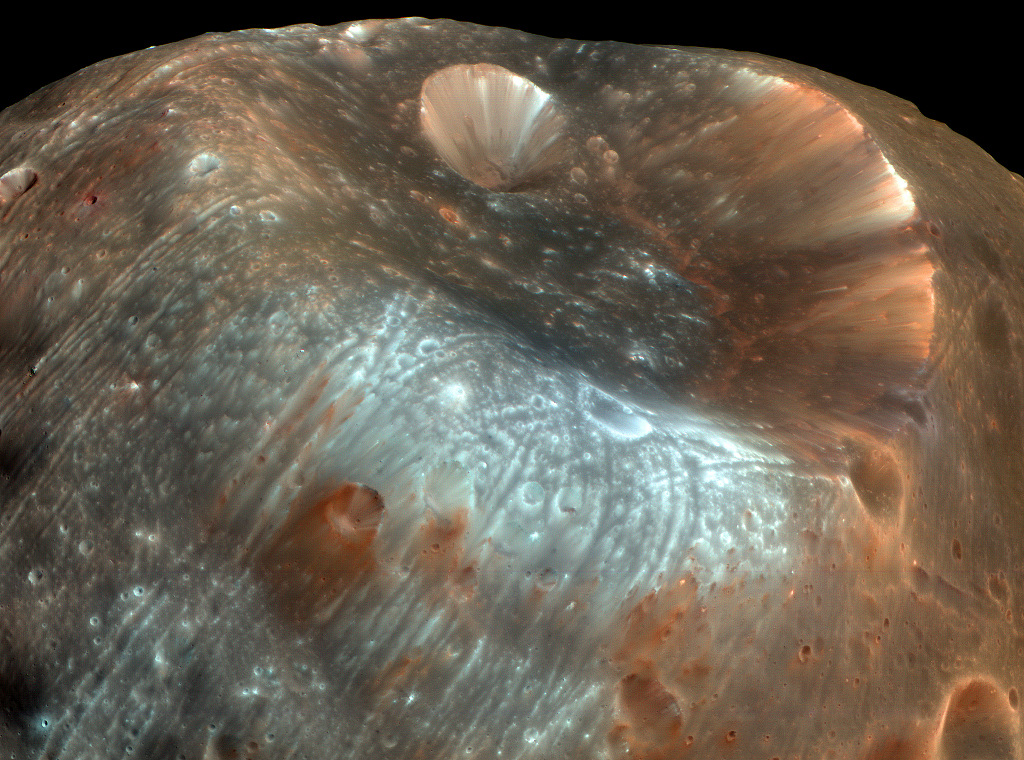안녕하세요, 잡학다식 입니다. 오늘은 과연 나사에서 어떤 방식으로 우주의 형상을 표현해 줄까요?
우선 이미지부터 볼 수 있도록 하겠습니다
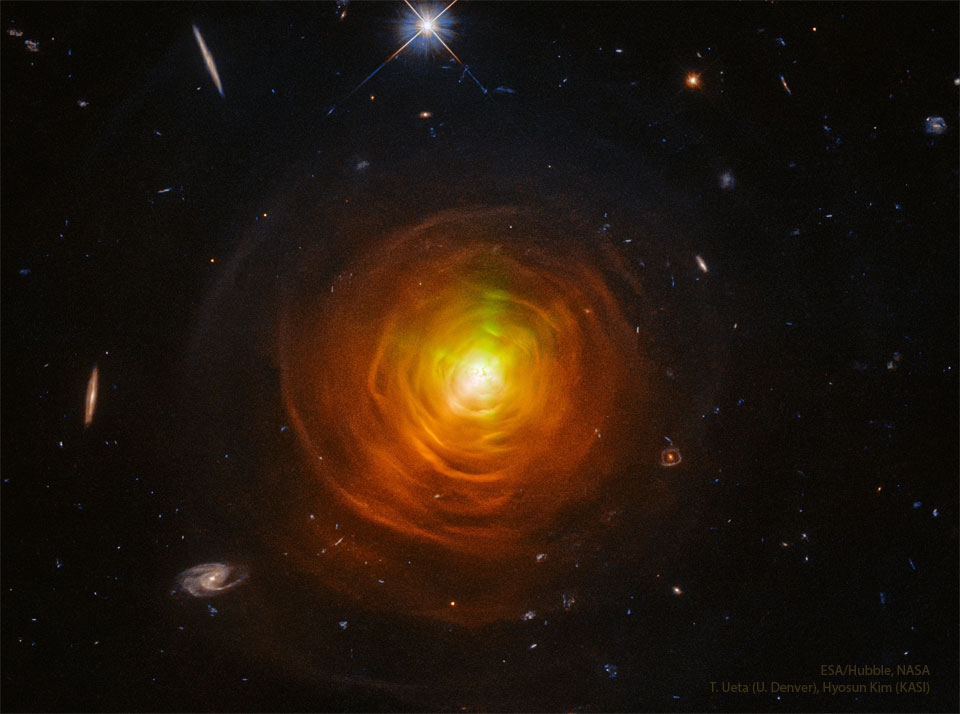
해당 사진의 이름은 Shells and Arcs around Star CW Leonis 인데요 우선 NASA에서 공식적으로 발표한 설명들을 확인해 보겠습니다
What's happening around this star? No one is sure. CW Leonis is the closest carbon star, a star that appears orange because of atmospheric carbon dispersed from interior nuclear fusion. But CW Leonis also appears engulfed in a gaseous carbon-rich nebula. What causes the nebula's complexity is unknown, but its geometry of shells and arcs are surely intriguing. The featured image by the Hubble Space Telescope details this complexity. The low surface gravity of carbon stars enhances their ability to expel carbon and carbon compounds into space. Some of this carbon ends up forming dark dust that is commonly seen in the nebulas of young star-forming regions and the disks of galaxies. Humans and all Earth-based life are carbon-based, and at least some of our carbon was likely once circulating in the atmospheres of near-death stars like carbon stars.
이번에도 광활한 우주 앞에 인간이 얼마나 작은 존재인지 다시 한번 알게 되는것 같습니다
저는 내일도 더 좋은 사진과 함께 돌아오겠습니다, 그럼 행목한 하루 되시길 바랍니다
'과학상식' 카테고리의 다른 글
| NASA 나사의 오늘의 이미지들 (2023-07-20) (0) | 2023.07.21 |
|---|---|
| NASA 나사의 오늘의 이미지들 (2023-07-19) (0) | 2023.07.20 |
| NASA 나사의 오늘의 이미지들 (2023-07-16) (0) | 2023.07.17 |
| NASA 나사의 오늘의 이미지들 (2023-07-15) (0) | 2023.07.16 |
| NASA 나사의 오늘의 이미지들 (2023-07-14) (0) | 2023.07.15 |
